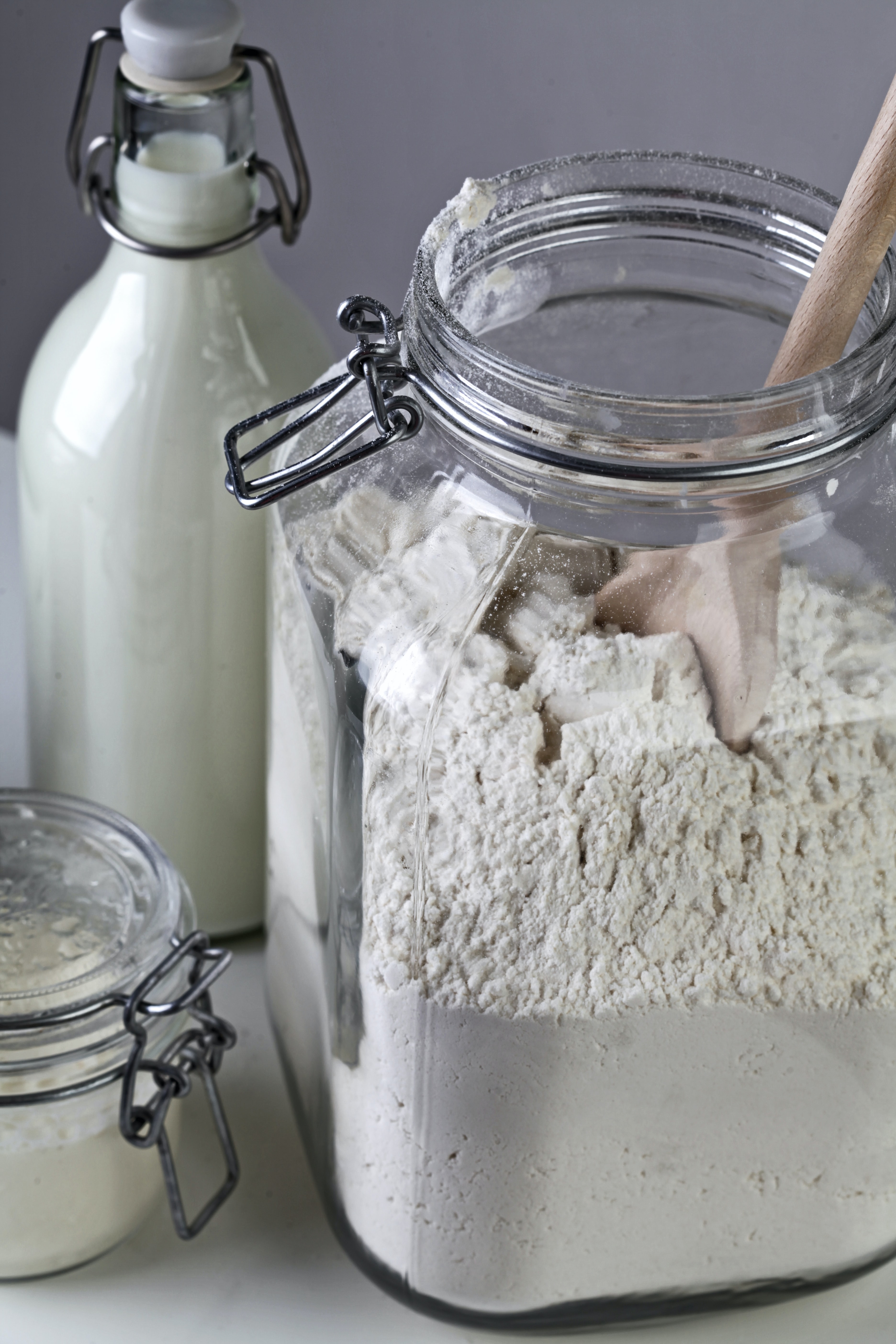If you are someone that is living with a coeliac or have been recently diagnosed yourself you may be starting to investigate all the different gluten-free options that are available. To increase those options many people turned to baking breads and cakes more frequently, however, one of the common questions that is often asked is does it take longer for gluten free flour to bake?
Recipes that contain gluten-free flour generally take.longer.to bake than those containing conventional gluten containing flours. The reason for this is because gluten-free recipes generally have higher levels of water and are much denser therefore it takes longer for heat transfer into the center of the cake or loaf.
The increased water level is required because gluten-free flours lack the elastic protein of gluten which allows conventional bread dough to be stretchy and elastic in nature which allows them to rise relatively easily. To create this stretching dough much higher water contents are required which results in generally sticky doughs.
As a result of this gluten free recipes tend to have additional additives such as xanthan gum to improve the elasticity but ultimately it cannot make up for the lack of gluten.

The consequence of this lack of flexibility is you end up with making much denser loaves that are smaller in size. However, this reduction in loaf size is not only because of the density of the loaf itself. The increased density necessitates a reduction in the weight of the gluten-free breads that are sold as well.
The reason for this is because the denser loaves take longer to cook and therefore they cannot be made to larger without burning the outer crust in the process of cooking the loaves through. As a result you actually end up with similar cooking times because the loaves are smaller.
What to Expect with Gluten-Free Baking
If you are starting to experiment with gluten free cooking there a few things you may need to consider.
The first is that generally without the presence of gluten the baked goods that are produced are often grainy, dense, and relatively crumbly but they don’t always need to be.
The most common issue is that if you are converting from a traditional recipe to gluten-free, all-purpose wheat flour cannot be replaced with just one single gluten-free flour, it usually needs a combination of flours and binders mixed together which can be purchased as a premix combination such as all purpose gluten free flour.
Generally, when you use flour even if it is the ideal substitute in many recipes you will not be able to substitute 1 for 1. As you may have already realized, gluten-free flours generally absorb more liquid than conventional flours. As a result, in many cases the recipe will require additional liquids and rising agents such as baking powder to lighten the texture as much as possible.

The other distinct difference between gluten-free batters and those that you may be traditionally used to is that gluten-free batter often benefits from overmixing because of the graininess of the mixture which is not necessarily the case with a traditional recipe.
Additionally, once they have been aggressively mixed, gluten-free mixtures often need to rest for around 30 minutes to longer flour to soften and hydrate in the mixture. This is particularly beneficial for things such as pancakes and cookies which have a reduced cook time.
The other thing that is also quite different to traditional bread mixtures that require kneading is that it is not necessary in the case of gluten-free breads because it is the gluten that actually benefits from the kneading process.
Setting Up Your Pantry For Gluten-Free Baking
If you are progressing down the path of making lots of gluten-free goodies in your house there are a few things we highly recommend that you have in your pantry ready to go to give you the maximum flexibility. The first thing, obviously is to make sure that you have a general all-purpose gluten free flour available as that will be the most commonly used ingredient.
The other ingredients that appear very regularly are things such as rice flour, potato starch, and tapioca starch along with Xanthan gum and psyllium husk. You may not have come across ingredients in recipes with but if you are cooking gluten free you can almost guarantee that you will when you start making quite a bit of gluten free food at home.

Tips For Baking Gluten-Free
The first thing that is highly recommend that you do is make sure you 100% stick to the recipe when you are cooking an unknown gluten-free dish for the first time. In some cases, it may take you a while to find a really good recipe, however, you really won’t know how good the recipes are if they are varied.
Secondly is that obviously making home-made gluten-free baked goods is an extremely time-consuming activity to undertake, particularly if you have a busy family life. As a result of this you want to make the most of any efforts that you to put into creating gluten-free food. So any excess baked goods such as brownies, breads, pizzas, cupcakes, and muffins should be stored in the freezer because they store very well.
Relevant Articles
Are Coeliacs Skinny? What Is The Reason?
Is Gluten Destroyed In A Deep Fryer? Is It Safe For A Coeliac To Eat?

Comments are closed